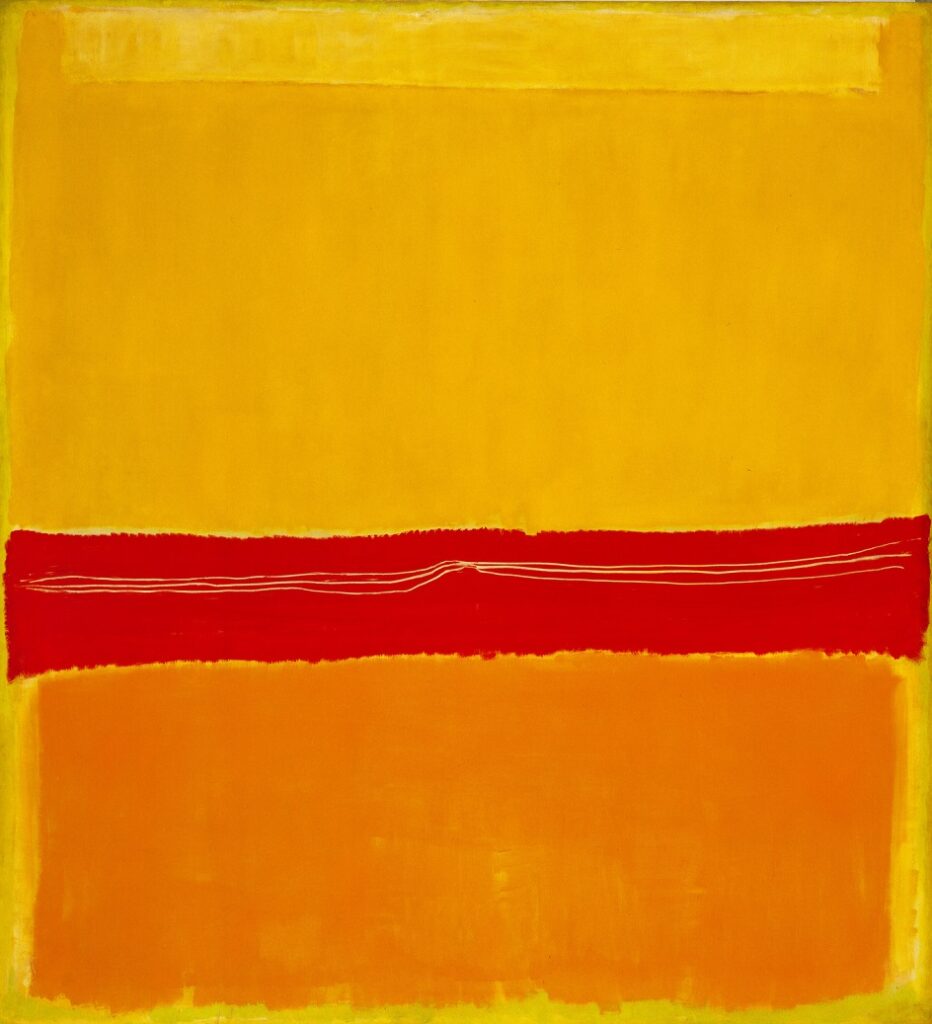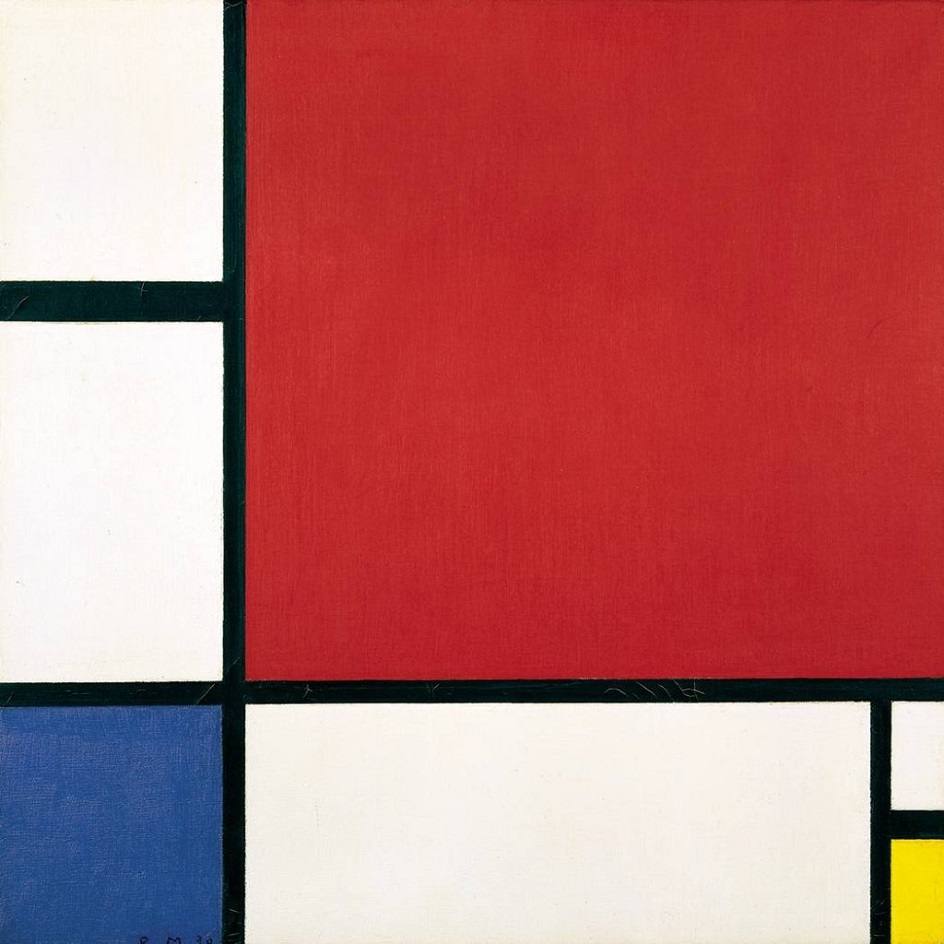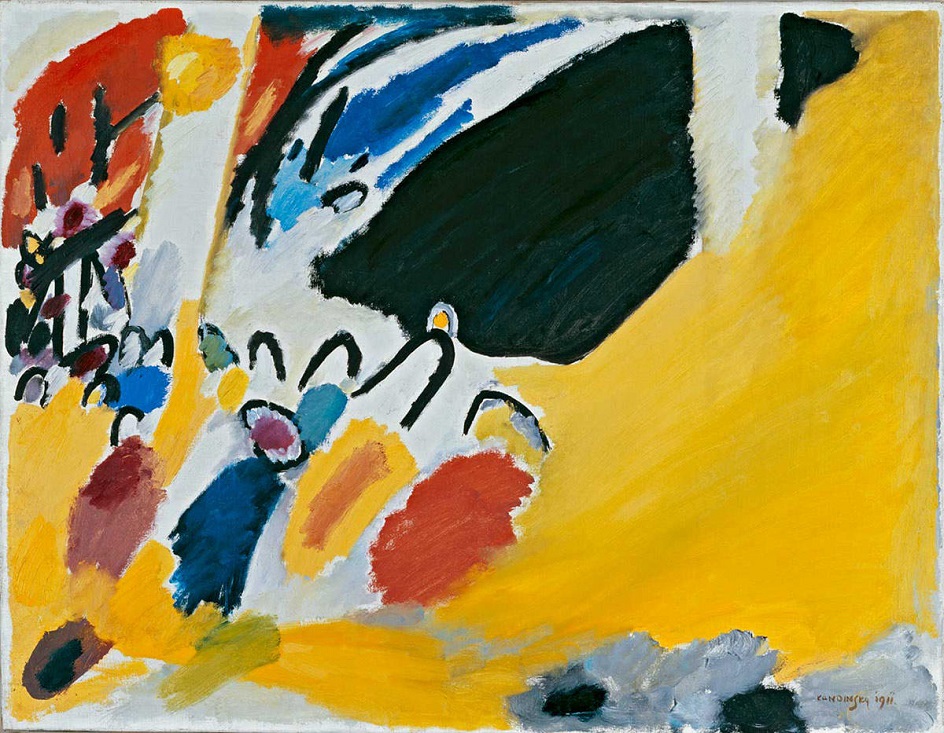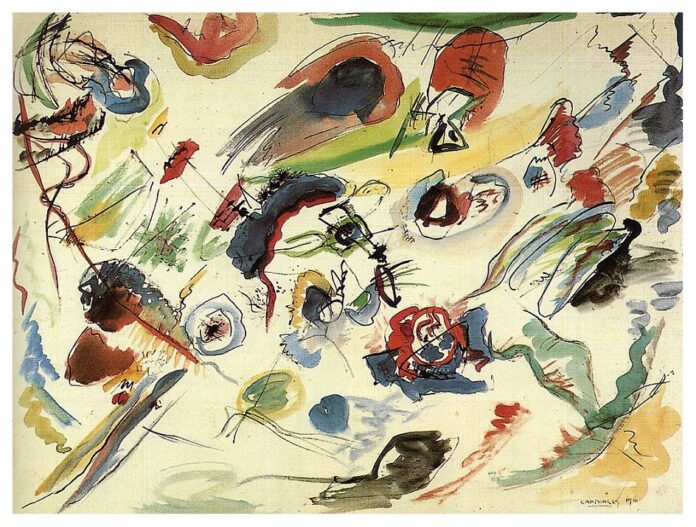Abstractionism is a style of painting and art in general that rejects a realistic reproduction of the surrounding world. Its followers depict simple and complex forms, play with color, and use lines, planes, and other objects, combining them in such a way as to create certain emotions.
At the first glance at a picture painted by an abstract artist, it may seem that there is a chaotic heap of lines, figures, and spots on it. Upon closer examination, it becomes clear that the artist has created a holistic composition designed to evoke certain thoughts or moods.
As for the history of abstract art, this direction of painting appeared in 1910, when the Russian artist and fine art theorist Wassily Kandinsky painted his first abstract watercolor. The artist himself later said that he simply turned one of the paintings by Claude Monet. It seemed to him that this orientation looks much better than the usual one, and this is what prompted him to use abstractions in his work.

Abstract art movement after its creation by Kandinsky began to develop actively. An important role in the development of abstractionism was played by Kazimir Malevich, who made the technique of abstraction completely pointless, developing such a direction as Suprematism.
Studying the events of those times when abstract art was created, we can conclude that there were several reasons for the birth of this style at once. People wanted something new. And abstract art movement, from a certain point of view, can be considered extremism in art. Another reason for the appearance of the style was the stratification of cubism, expressionism, and futurism, which took place in the 10s of the last century. In the course of this process, innovative solutions appeared in painting, implying a rejection of realism and becoming the basis of abstractions.

The emerging style became, without exaggeration, the beginning of a new era in painting. From then on, the artist could completely abandon the restrictions and frameworks and freely express himself, embodying emotions, thoughts, and sensations in his works.
Note that the abstract art movement was not immediately recognized – for some time it remained in the underground and was criticized and condemned. Over time, the situation changed, and abstract painting gained recognition and took its rightful place in a number of numerous styles.

Abstract art movement, as it developed, was stratified into several areas, each of which had its own representatives. There are such styles:
- Geometric( Here, clear forms and lines prevail. Many of them create the illusion of depth);
- Color(Masters who adhere to this direction work with colors and their combinations – it is through them that they convey the emotions that they want to create);
- Minimalistic(The essence of this direction of painting is the complete absence of references to real objects and the extremely restrained use of colors, shapes, and lines);
- Expressive(Artists working in this direction strive to bring dynamics and movement into their works, through which they convey emotions and sensations. Shades, lines, and shapes fade into the background).
During the existence of abstractionism in different countries of the world, many artists who adhere to this style have become famous. Among them, there are:
- Pieter Cornelis Mondriaan;
- Barnett Newman;
- František Kupka;
- Wassily Kandinsky;
- Kazimir Malevich;
- Robert Delaunay, and others.
Years and decades pass, and abstract art remains relevant, actively developing and penetrating into many areas of art – architecture, fashion, and others.

























